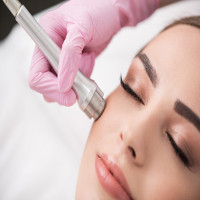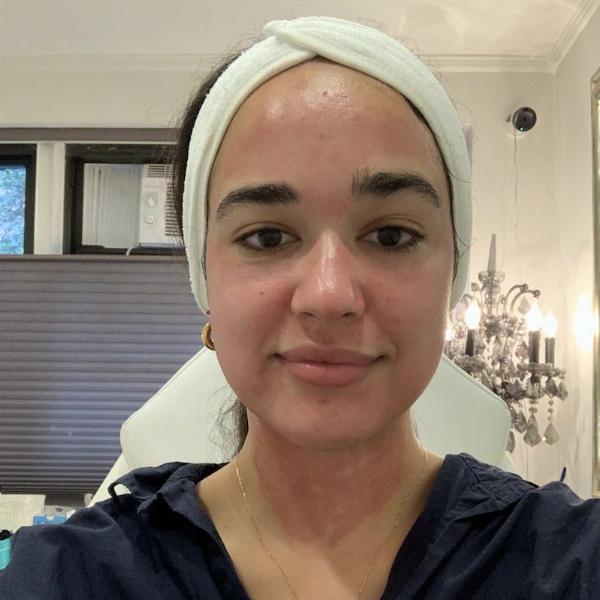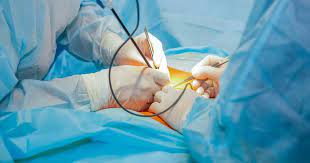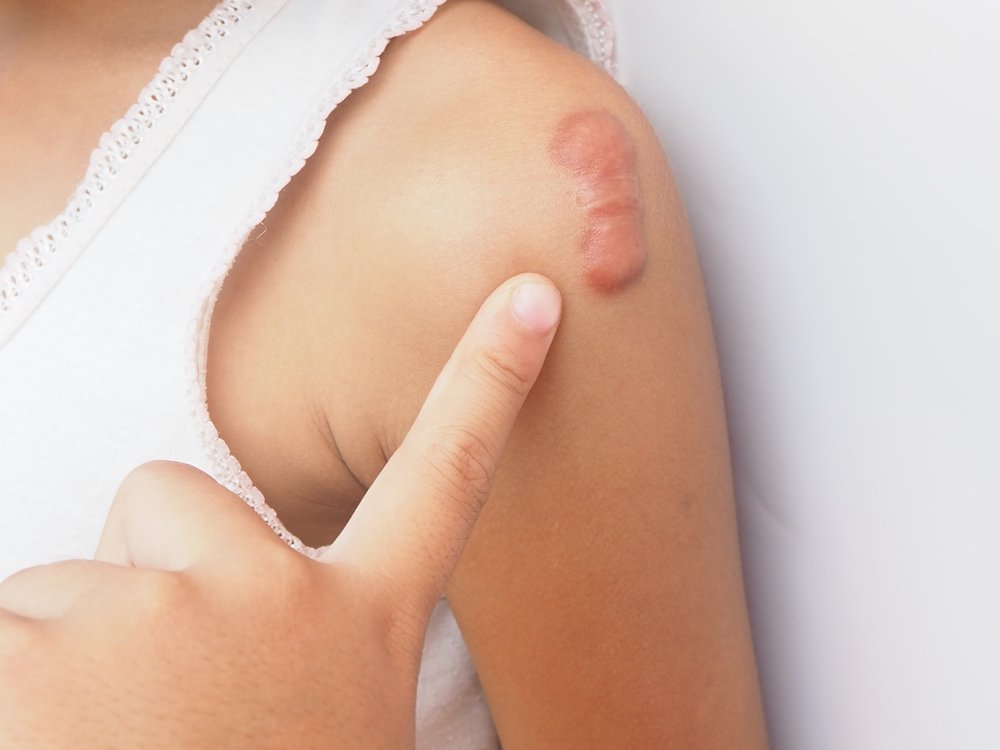Professional vs. Home Keloid Scar Treatment: Which Is Right for You?

Keloid scars are a common concern for many individuals, arising from excessive tissue formation at the site of a wound or injury. While they are not harmful, keloids can be unsightly and may cause discomfort or self-consciousness. Fortunately, several treatment options are available to help reduce the appearance of keloid scars, ranging from professional medical interventions to home remedies. In this article, we will explore the differences between professional and home keloid scar treatments to help you determine which option is right for you.
Understanding Keloid Scars
Before delving into treatment options, it's essential to understand what keloid scars are and how they develop. Keloids are characterized by raised, thickened areas of skin that extend beyond the boundaries of the original wound. They result from an overproduction of collagen during the healing process, leading to the formation of excessive scar tissue. Keloids can develop following any type of skin injury, including cuts, burns, acne, or surgical incisions, and they tend to occur more frequently in individuals with darker skin tones.
Professional Keloid Scar Treatments
1. Corticosteroid Injections
Corticosteroid injections are a common medical intervention for keloid scars. During this treatment, a healthcare professional injects corticosteroid medication directly into the keloid, which helps to reduce inflammation and shrink the scar tissue. Multiple injections may be required over several weeks or months to achieve optimal results.
2. Surgical Removal
In cases where keloid scars are particularly large or persistent, surgical removal may be necessary. During this procedure, the keloid is surgically excised, and the surrounding skin is repositioned and sutured closed. However, it's important to note that surgical removal carries the risk of keloid recurrence and may require additional treatments to prevent scar regrowth.
3. Laser Therapy
Laser therapy is another option for treating keloid scars, particularly those that are raised or discolored. This non-invasive treatment uses targeted laser energy to break down scar tissue and stimulate collagen production, resulting in smoother, more even-looking skin. Multiple sessions may be needed to achieve optimal results, and downtime is typically minimal.
4. Silicone Gel Sheets
Silicone gel sheets are a non-invasive, at-home treatment option for keloid scars. These sheets are applied directly to the scarred area and work by creating a barrier that helps to hydrate the skin and reduce collagen production. While silicone gel sheets may not be as effective as professional treatments for severe keloids, they can be a convenient and affordable option for mild to moderate scarring.
Home Keloid Scar Treatments
1. Pressure Therapy
Pressure therapy involves applying pressure to the keloid scar using specialized garments or dressings. This technique helps to flatten the scar and reduce its appearance over time. While pressure therapy can be effective for some individuals, it may not be suitable for all types of keloid scars.
2. Massage
Massaging the keloid scar regularly can help to break down scar tissue and improve blood circulation to the area. This, in turn, may help to soften the scar and reduce its size and appearance over time. However, it's essential to use gentle, circular motions when massaging the scar to avoid causing further irritation or inflammation.
3. Topical Treatments
Several topical treatments, such as silicone gels, vitamin E oil, or onion extract creams, are available over-the-counter for keloid scar management. These products work by hydrating the skin, reducing inflammation, and promoting collagen remodeling. While they may not provide dramatic results, they can be a convenient adjunct to professional treatments or for mild scarring.
Conclusion
When it comes to treating keloid scars, there is no one-size-fits-all solution. The best approach depends on the severity of the scarring, individual preferences, and medical history. Professional treatments offer more intensive interventions, such as corticosteroid injections, surgical removal, and laser therapy, which may be necessary for severe or persistent keloids. On the other hand, home treatments, such as pressure therapy, massage, and topical products, can be effective for mild to moderate scarring or as adjuncts to professional interventions. Ultimately, consulting with a dermatologist or healthcare provider is the best way to determine the most suitable treatment plan for your unique needs.
Note: IndiBlogHub features both user-submitted and editorial content. We do not verify third-party contributions. Read our Disclaimer and Privacy Policyfor details.







